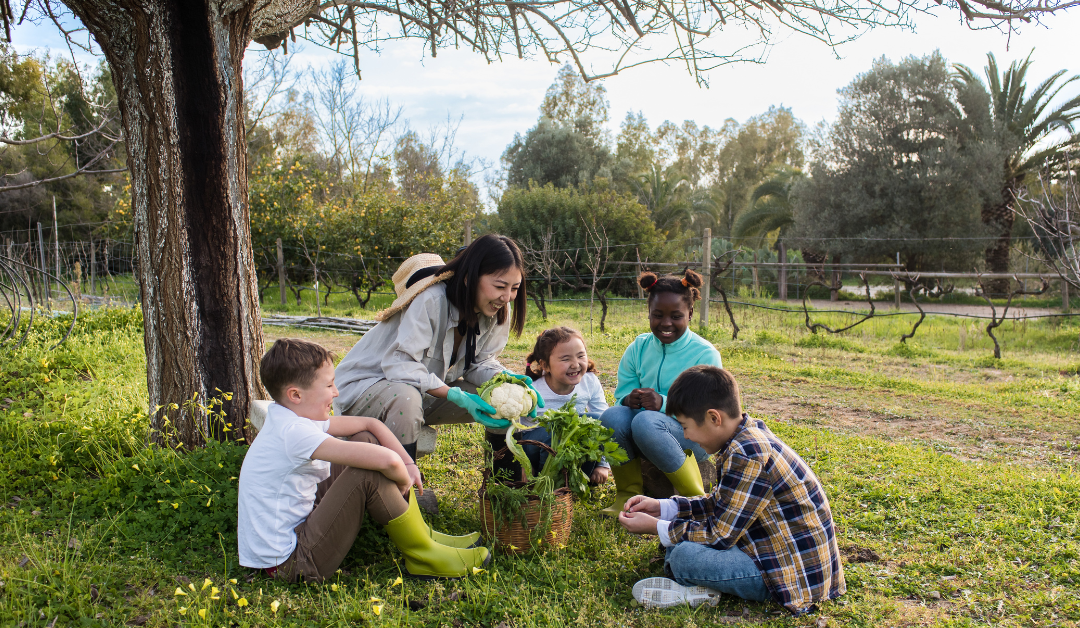For parents, educators, and therapists working with children, particularly those with autism or developmental delays, what is natural environment teaching is a key question when exploring effective learning strategies. Natural Environment Teaching (NET) is an evidence-based approach that incorporates learning into everyday activities and real-world situations, making education more engaging and meaningful. Unlike traditional classroom settings, NET focuses on using a child’s natural surroundings to promote learning and skill development in a way that feels natural and unforced.
What Is an Example of a Natural Environment Teaching?
Natural Environment Teaching takes place in a setting that is familiar and functional for the learner. Some examples include:
- Teaching Language Skills During Play: If a child is playing with blocks, the instructor can encourage verbal requests by prompting the child to ask for different colors or shapes.
- Encouraging Social Skills at the Park: A therapist might help a child initiate play with peers by practicing greetings or turn-taking on the playground.
- Practicing Daily Living Skills at Home: Parents can teach handwashing by guiding their child through the process in the bathroom, reinforcing each step naturally.
- Building Math Skills at the Grocery Store: A teacher might use a trip to the store to practice counting, identifying numbers, or comparing prices.
These examples show how NET integrates learning into real-world experiences, making the process both engaging and effective.
What Is the Natural Environment in Teaching?
The natural environment in teaching refers to any setting where learning occurs naturally rather than in a structured classroom. This could be a child’s home, a playground, a grocery store, or even during daily routines. The idea behind using the natural environment is to make learning relevant and immediately applicable.
Some characteristics of the natural environment in teaching include:
- Familiar settings: Places where the learner feels comfortable and engaged.
- Real-life interactions: Learning moments occur naturally within activities the child already enjoys.
- Use of natural reinforcements: Instead of artificial rewards, learners receive reinforcement that is meaningful in context (e.g., asking for a toy and then getting to play with it).
- Flexible and adaptable: Teaching happens spontaneously, adapting to the child’s interests and motivation.
By using the child’s natural surroundings, NET fosters better engagement and retention of skills.
What Is the Difference Between Natural Environment Teaching and Incidental Teaching?
Although similar, Natural Environment Teaching (NET) and Incidental Teaching have distinct differences:
- Natural Environment Teaching (NET): This method is learner-driven and emphasizes teaching within activities the child naturally engages in. It uses a mix of structured and unstructured teaching to enhance learning opportunities.
- Incidental Teaching: A more specific technique under the umbrella of NET, incidental teaching occurs when a teacher or caregiver creates an intentional learning opportunity based on a naturally occurring situation. For example, if a child reaches for a snack, the instructor might prompt the child to verbalize “cracker” before handing it over.
Both approaches focus on learning within real-world contexts, but incidental teaching is more about seizing spontaneous teaching moments, while NET is a broader framework incorporating structured learning opportunities.
What Is Natural Environment Education?
Natural Environment Education expands the principles of NET beyond one-on-one instruction into broader educational settings. It applies similar techniques but focuses on a more holistic approach to learning by incorporating real-world experiences into curriculum-based education.
Key aspects of Natural Environment Education include:
- Experiential Learning: Hands-on activities, such as nature walks, science experiments in the backyard, or farm visits, to deepen understanding.
- Student-Centered Learning: Encouraging learners to explore topics of interest within their environment rather than following rigid lesson plans.
- Integration of Multiple Subjects: Lessons are taught in a way that interconnects different subjects, such as combining biology and geography through outdoor exploration.
- Focus on Practical Skills: Emphasizing functional life skills that help learners thrive in everyday situations.
By focusing on real-world application and engagement, Natural Environment Education aligns with the principles of Natural Environment Teaching but is applied in a broader educational context.
Conclusion
Understanding what is natural environment teaching is essential for educators, therapists, and parents looking to provide meaningful learning experiences. Unlike traditional learning approaches, NET integrates education into everyday activities, helping children develop skills in a natural and engaging way. Whether through structured play, social interactions, or real-life experiences, NET makes learning more functional and effective. Additionally, distinguishing between NET and incidental teaching, and exploring the broader scope of Natural Environment Education, provides valuable insights into creating dynamic, real-world learning opportunities for children of all abilities.


